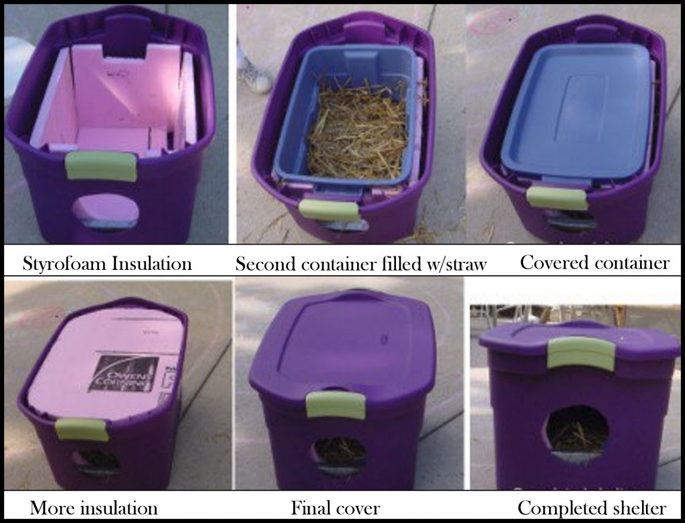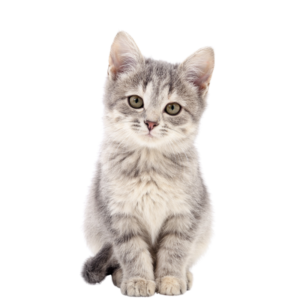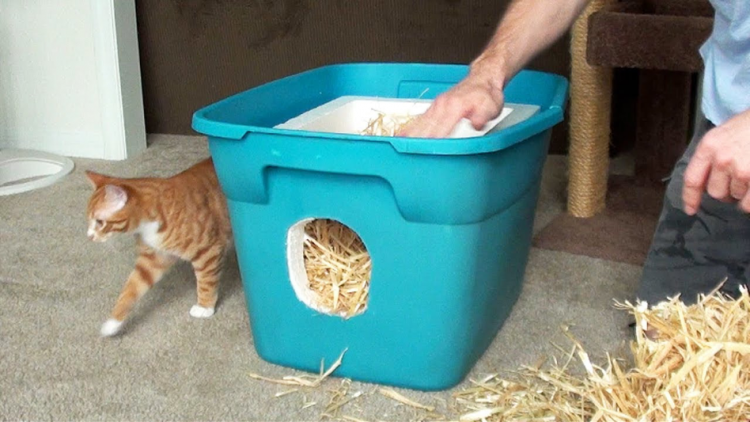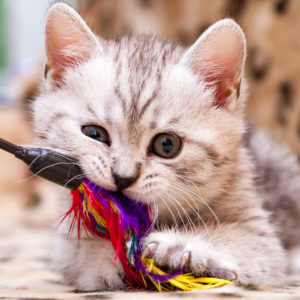When it came time for a new blog post to be written, I was stumped. I worried about what topic to write about and where to start. So I thought I would start with a little bit about me.
My name is Trish, and I started at Killarney Cat Hospital in August. Before working at Killarney, I worked with children and their families with special needs. I have been an active member of the animal rescue and spay/neuter community locally, nationally and internationally for close to 12 years. Because I have a strong passion for rescue, it seemed fitting to make a career change into animal medicine. I am currently working on the online Veterinary Technologist Program at a college in Texas.
The most interesting part about my working in a cat hospital is that I am a dog and donkey person. The cats I have worked with over the years are often from feral colonies that we were trapping to spay/ neuter/ release. My husband and I have two cats at home, but they are ferals that came into rescue and needed a safe place to live out their lives. We don’t see them often other than as they streak across the yard or chase mice when they think no one is watching. Ferals and Barn cats are very different from the typical indoor/outdoor cat. These cats are less domesticated and don’t often seek out or want human touch or interaction. They are unhappy living in a home and being around people.
A group of cats living in a feral manner is called a colony. Colonies often form in areas where there is access to water, shelter and some form of food. If you eradicate a colony or part of a colony, then other cats from the area will move in and take up residence as it is perceived as a desirable living area. For this reason, if a colony is located in a safe area then it is better for the cats to be sterilised to avoid further reproduction and vaccinated to assist in disease control and left where they are. Often once a colony has had medical attention a feeding station will be set up. A feeding station is a place where cat food and water is provided year round. A place the cats in the colony know they can get food.
Feral cats are something that rescues have started working within a rescue capacity, not just in a spay/neuter/release capacity. It can sometimes be unsafe for a colony to remain in the area which they live. An example would be the displacement of cats when an old building, which they call home, is being torn down or when a person hoarding animals are getting help. These are some of the reasons feral cats come into rescue. Rescues recognize that some of these cats will not transition to house pets and place them in a barn cat program. This is where they seek out people with barns or shops that are looking for a mouse and are willing to give these cats a safe place to call home
When a feral/barn cat goes to a new home, we like to see them in groups of two to four cats together. It is important to keep them locked up in the barn, shop or outbuilding with food, water, litter and a comfy place to sleep for two to three weeks. The temperature needs to be monitored as well; you don’t want it to be too warm or too cold. This time allows the cats to make themselves at home and recognize the surrounding as their own. The theory behind this is that once the door to the outside world is opened the cats know where to come back to for food, water and shelter.
By opening up a heated barn or shop to these types of cats, it is mutually beneficial. They take care of any potential rodent problem, and you give them a safe place to call home.
Winter is a hard season for feral and semi-feral cats. If you think you have a feral cat living in your neighbourhood there are some easy ways to help this kitty have a better life.
1) Set up a feeding station. In an area that the birds and other animals won’t access it easily. Dry food can be the main staple of the feeding station. But treats such as some canned wet food or tuna can also be offered.
2) At the feeding station put out water. In the winter, if you have an electrical outlet handy, you can get a heated pet bowl from Walmart or a pet store. This allows water to be out year round without the worry of it freezing.
3) Make a place for the cat to hide and sleep. An easy way to do this is to take an older Rubbermaid container. Line the inside of the container with 2 inches thick Styrofoam. Don’t forget the top and bottoms too. The Styrofoam can be glued to the Rubbermaid container. In areas where it can be extremely cold you can line the inside of the shelter with a Myler blanket. This is one of those shiny emergency blankets we often carry in car first aid kits. It helps to insulate the house for the cats by trapping body heat and then reflecting it back into the shelter. Cut out a small hole that will be the door for the cat to enter and exit. Line the bottom of the container with a heavy shipping blanket or wool blanket (any blanket will do but these hold heat he best). Then add some straw. Straw is warm bedding and allows the cat to nestle into it when it’s cold. It is important that a cat has something to burrow into when they are cold rather than just a blanket that lies flat so they can maintain their body temperature and heat.
The below is a picture as an example of very simple shelters for ferals.

Written by Trish Kinton




